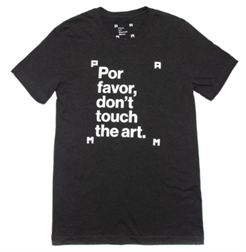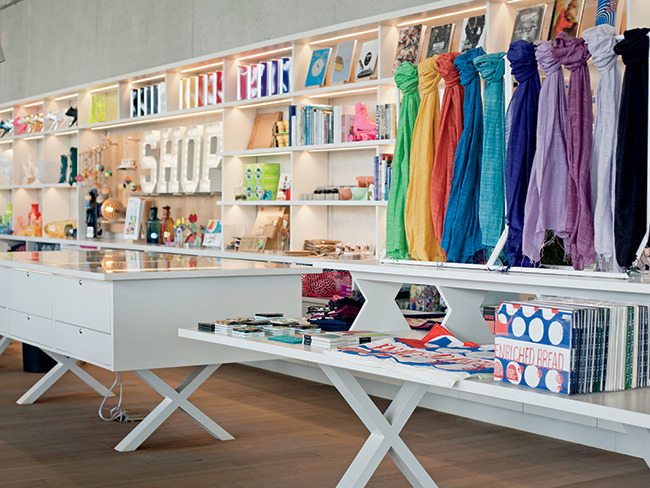Museums that operate their own shops have the freedom to show off their personalities! Whether the products sold are logo branded, locally made or reminiscent of the exhibitions, they should effectively reflect the museum’s brand. Here are 4 tips to finding and creating unique items to sell in your museum shop.
Don’t Recreate, Innovate!
Innovation is the secret to selling more merchandise. Do visitors really need another logoed coffee mug? Probably not. What will generate sales is offering items that are unique, not easily accessible and reflective of the visitor experience. Pérez Art Museum Miami’s (PAMM) most popular t-shirt says “Por favor, don’t touch the art.” That is certainly unique to PAMM and to Miami. In general, branded products typically have a higher profit margin since they can be bought in bulk and never expire, unless the museum rebrands. Jewelry, soaps, candles, garden accessories, tabletop, ornaments, stationary and writing instruments are just a few examples of highly desirable items that can be branded with tasteful packaging, tags and labels with the museum’s name. Attending key gift, souvenir and craft trade shows will provide a museum with enough vendor resources to build a sound assortment plan. Industry publications such as Souvenirs, Gifts & Novelties, Smart Retailer, and Independent Retailer are great resources to see the latest product trends available. Merchandise should also easily tie into the exhibitions for that seamless visitor connection.

Think Global but Buy Local!
Sourcing local artisans and “made locally” product lines are two product categories that have proven to be successful in museum gift shops. Sourcing locally can be done several ways. The first is to attend a local craft show in your city or town. Most major cities and many towns conduct these shows at least once per year. While you are there, engage with the artisans that make sense for your shop. The second way is to use social media as a call to action for local artisans and locally made products to be sold in the shop. Plan interviews over 2-3 days in your shop to meet new vendors and see their products in person, then you can determine what lines will work for your institution. The third way is to conduct a mini craft fair or trunk show with 6-12 vendors in attendance right in your shop. The “Made Locally” craft fair will give the museum a sneak peek into product lines that would work best if placed in the shop year-round. The ideal time to conduct this would be holiday time.
Miles of Milestones
Museum milestones, anniversaries, and special exhibitions all provide the museum with opportunities to develop special merchandise only available for a limited period of time. Working closely with the marketing department, a calendar of events should be created with a limited-edition assortment of merchandise to commemorate the event. If the merchandise can be numbered, or at least limited numbers produced, then the product line will even be more appealing to the visitor.
Pricing
The more unique and exclusive the product line, the better gross profit margin will be. Industry rule of thumb is to mark up the item’s cost, including freight, 2.25 -2.50 times. If the item has more perceived value, then it can be marked up even more. The goal is to sell items that are so unique that the visitor will not be tempted to compare prices but will make the purchase with the belief that they cannot find it anywhere else.

Sign up for JGL’s newsletter below to learn more quick tips and get ideas about how to make your shop ‘pop!’

